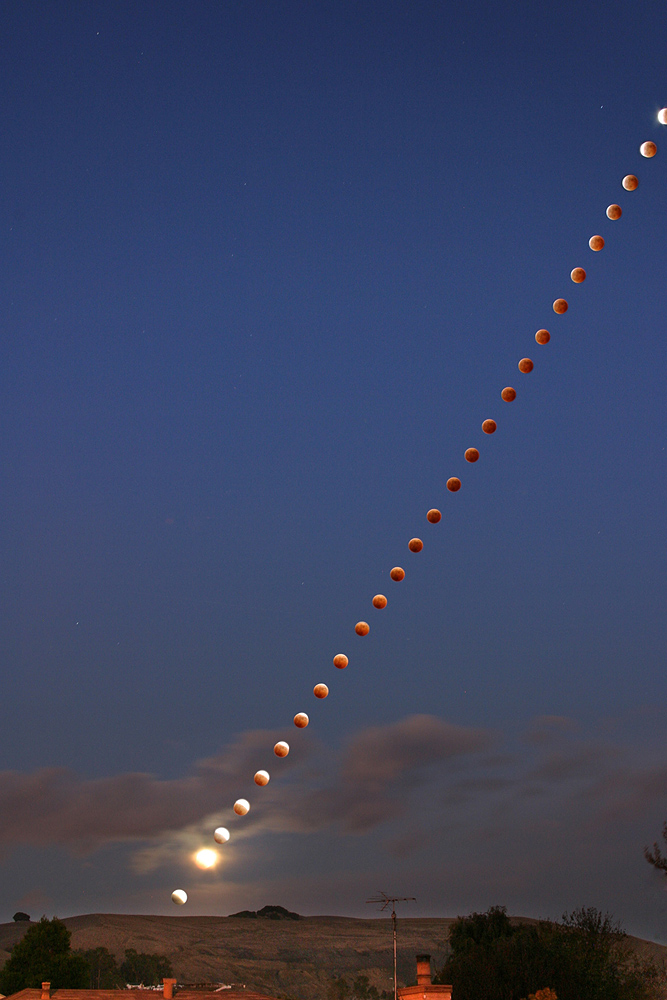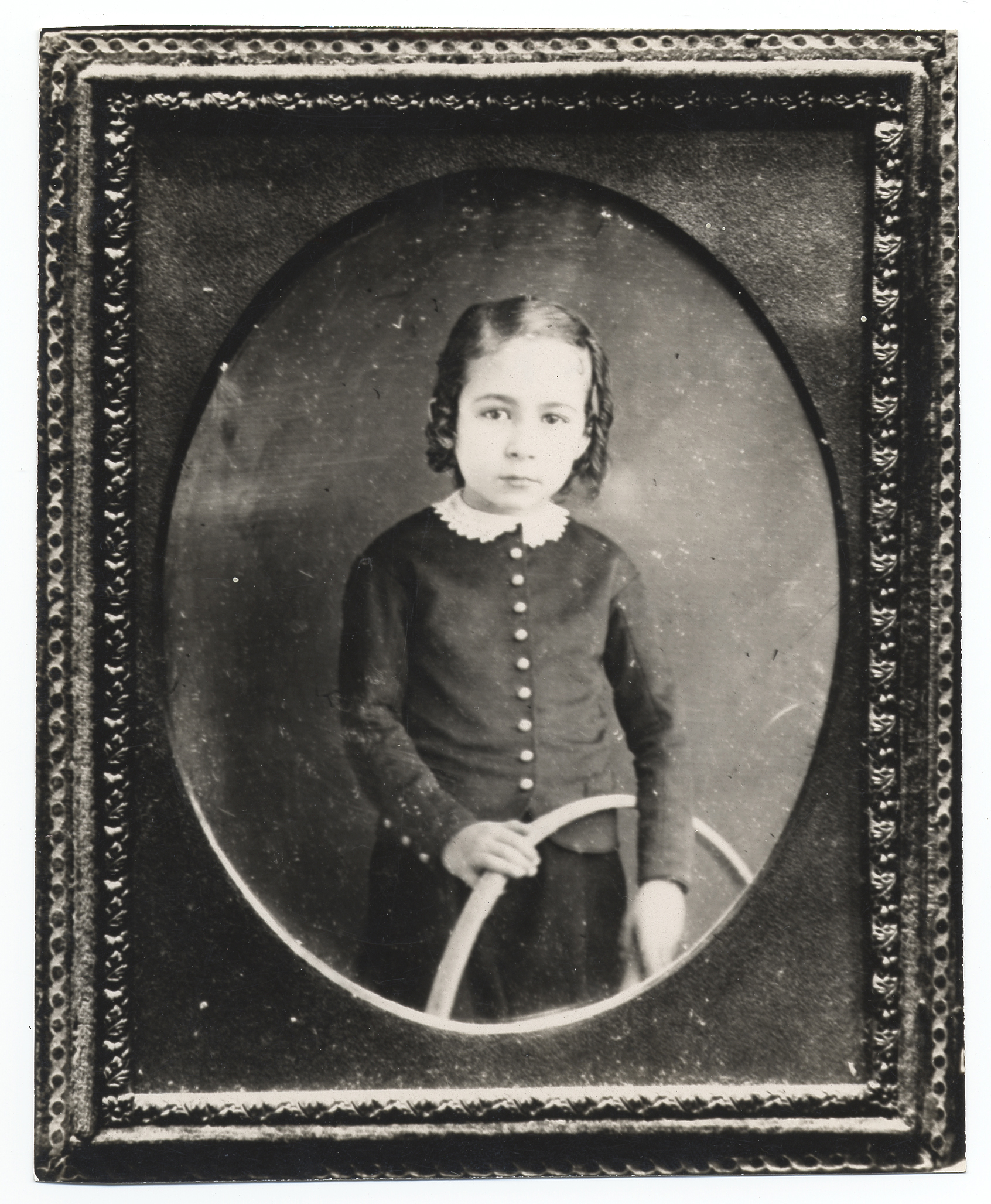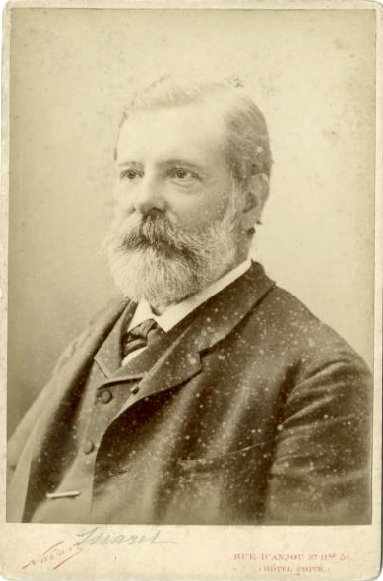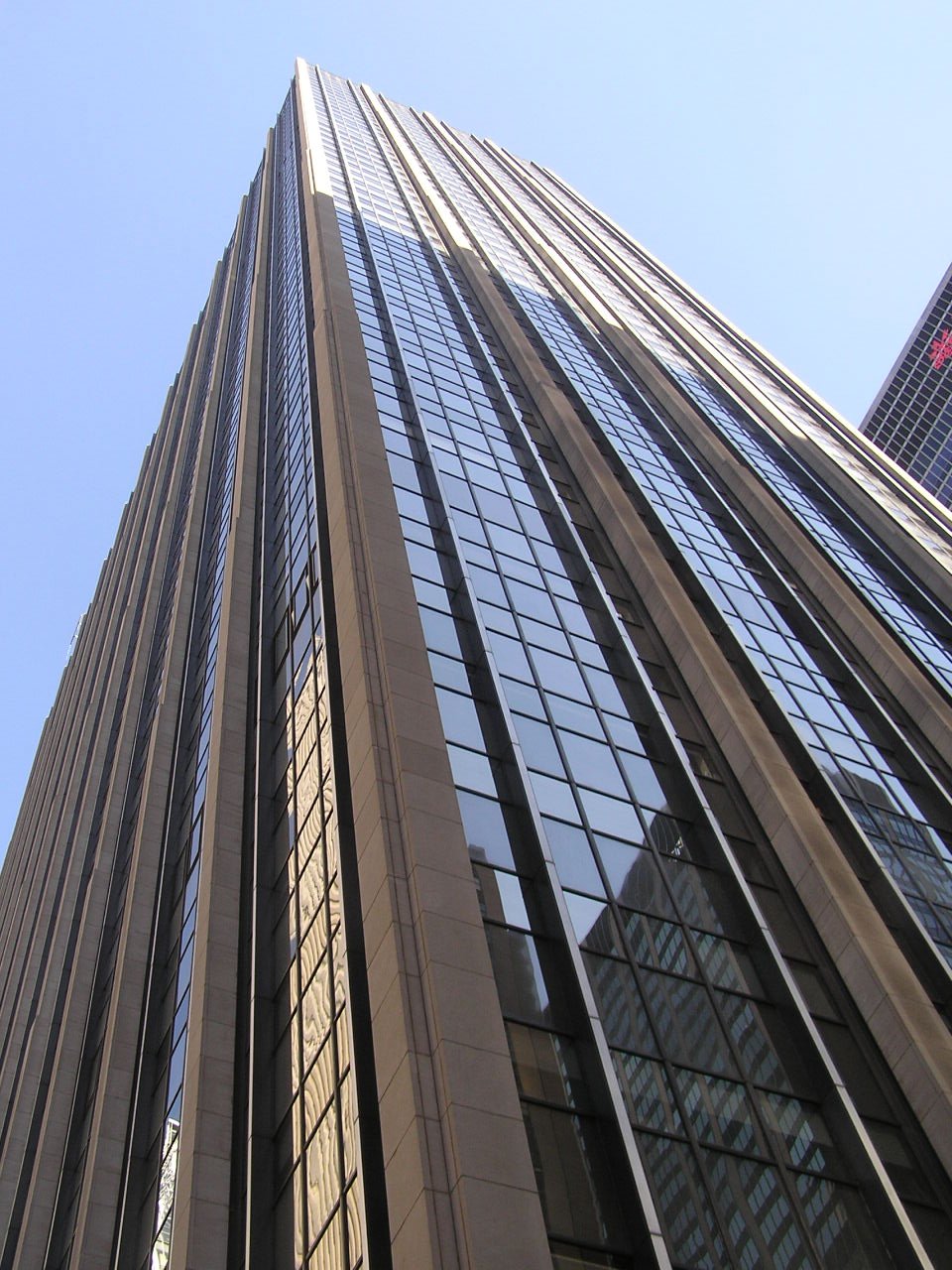|
Barbara Blondeau
Barbara Blondeau (1938–1974) was an American experimental photographer active in the mid-1960s through the early 1970s. In her career as a photographer, she worked in a wide variety of materials, process and formats, although she is best known for her strip prints which she stumbled upon while shooting with a malfunctioning camera. Early life and education Blondeau was born in Detroit in 1938. Originally, Blondeau studied to be a painter at the School of the Art Institute of Chicago. She later on received her Bachelor of Fine Arts degree at the School of the Art Institute of Chicago in 1961. Aaron Siskind and Joseph Jachna gave direction to Blondeau, when she was studying at the Institute of Design at the Illinois Institute of Technology during a time where many of the photographers present were working in the style of formalism. Blondeau received her Master’s of Fine Arts (MFA) at the Institute of Design at the Illinois Institute of Technology in 1968. While working on her ... [...More Info...] [...Related Items...] OR: [Wikipedia] [Google] [Baidu] |
Detroit
Detroit ( , ; , ) is the largest city in the U.S. state of Michigan. It is also the largest U.S. city on the United States–Canada border, and the seat of government of Wayne County. The City of Detroit had a population of 639,111 at the 2020 census, making it the 27th-most populous city in the United States. The metropolitan area, known as Metro Detroit, is home to 4.3 million people, making it the second-largest in the Midwest after the Chicago metropolitan area, and the 14th-largest in the United States. Regarded as a major cultural center, Detroit is known for its contributions to music, art, architecture and design, in addition to its historical automotive background. ''Time'' named Detroit as one of the fifty World's Greatest Places of 2022 to explore. Detroit is a major port on the Detroit River, one of the four major straits that connect the Great Lakes system to the Saint Lawrence Seaway. The City of Detroit anchors the second-largest regional economy in t ... [...More Info...] [...Related Items...] OR: [Wikipedia] [Google] [Baidu] |
Multiple Exposure
In photography and cinematography, a multiple exposure is the superimposition of two or more exposures to create a single image, and double exposure has a corresponding meaning in respect of two images. The exposure values may or may not be identical to each other. Overview Ordinarily, cameras have a sensitivity to light that is a function of time. For example, a one-second exposure is an exposure in which the camera image is equally responsive to light over the exposure time of one second. The criterion for determining that something is a double exposure is that the sensitivity goes up and then back down. The simplest example of a multiple exposure is a double exposure without flash, i.e. two partial exposures are made and then combined into one complete exposure. Some single exposures, such as "flash and blur" use a combination of electronic flash and ambient exposure. This effect can be approximated by a Dirac delta measure (flash) and a constant finite rectangular window, i ... [...More Info...] [...Related Items...] OR: [Wikipedia] [Google] [Baidu] |
Thomas Eakins
Thomas Cowperthwait Eakins (; July 25, 1844 – June 25, 1916) was an American realist painter, photographer, sculptor, and fine arts educator. He is widely acknowledged to be one of the most important American artists. For the length of his professional career, from the early 1870s until his health began to fail some 40 years later, Eakins worked exactingly from life, choosing as his subject the people of his hometown of Philadelphia. He painted several hundred portraits, usually of friends, family members, or prominent people in the arts, sciences, medicine, and clergy. Taken ''en masse'', the portraits offer an overview of the intellectual life of contemporary Philadelphia; individually, they are incisive depictions of thinking persons. In addition, Eakins produced a number of large paintings that brought the portrait out of the drawing room and into the offices, streets, parks, rivers, arenas, and surgical amphitheaters of his city. These active outdoor venues allo ... [...More Info...] [...Related Items...] OR: [Wikipedia] [Google] [Baidu] |
Étienne-Jules Marey
Étienne-Jules Marey (; 5 March 1830, Beaune, Côte-d'Or – 15 May 1904, Paris) was a French scientist, physiologist and chronophotographer. His work was significant in the development of cardiology, physical instrumentation, aviation, cinematography and the science of laboratory photography. He is widely considered to be a pioneer of photography and an influential pioneer of the history of cinema. He was also a pioneer in establishing a variety of graphical techniques for the display and interpretation of quantitative data from physiological measurement. Biography Marey started by studying Circulatory system, blood circulation in the human body. Then he shifted to analyzing heart beats, respiration, muscles (myography), and movement of the body. To aid his studies he developed many instruments for precise measurements. For example, in 1859, in collaboration with the physiologist Auguste Chauveau and the watch manufacturer Breguet (brand), Breguet, he developed a wearable ' ... [...More Info...] [...Related Items...] OR: [Wikipedia] [Google] [Baidu] |
Eadweard Muybridge
Eadweard Muybridge (; 9 April 1830 – 8 May 1904, born Edward James Muggeridge) was an English photographer known for his pioneering work in photographic studies of motion, and early work in motion-picture projection. He adopted the first name "Eadweard" as the original Anglo-Saxon form of "Edward", and the surname "Muybridge", believing it to be similarly archaic. Born in Kingston upon Thames, England, at the age of 20 he emigrated to the United States as a bookseller, first to New York City, and eventually to San Francisco. In 1860, he planned a return trip to Europe, and suffered serious head injuries in a stagecoach crash in Texas en route. He spent the next few years recuperating in Kingston upon Thames, where he took up professional photography, learned the wet-plate collodion process, and secured at least two British patents for his inventions. He returned to San Francisco in 1867, a man with a markedly changed personality. In 1868, he exhibited large photographs o ... [...More Info...] [...Related Items...] OR: [Wikipedia] [Google] [Baidu] |
Strobe Light
A strobe light or stroboscopic lamp, commonly called a strobe, is a device used to produce regular flashes of light. It is one of a number of devices that can be used as a stroboscope. The word originated from the Ancient Greek ('), meaning "act of whirling". A typical commercial strobe light has a flash energy in the region of 10 to 150 joules, and discharge times as short as a few milliseconds, often resulting in a flash power of several kilowatts. Larger strobe lights can be used in “continuous” mode, producing extremely intense illumination. The light source is commonly a xenon flash lamp, or ''flashtube'', which has a complex spectrum and a color temperature of approximately 5,600 kelvins. To obtain colored light, colored gels may be used. Scientific explanation of flashtubes Strobe lights usually use flashtubes with energy supplied from a capacitor, an energy storage device much like a battery, but capable of charging and releasing energy much faster. In a ca ... [...More Info...] [...Related Items...] OR: [Wikipedia] [Google] [Baidu] |
Cancer
Cancer is a group of diseases involving abnormal cell growth with the potential to invade or spread to other parts of the body. These contrast with benign tumors, which do not spread. Possible signs and symptoms include a lump, abnormal bleeding, prolonged cough, unexplained weight loss, and a change in bowel movements. While these symptoms may indicate cancer, they can also have other causes. Over 100 types of cancers affect humans. Tobacco use is the cause of about 22% of cancer deaths. Another 10% are due to obesity, poor diet, lack of physical activity or excessive drinking of alcohol. Other factors include certain infections, exposure to ionizing radiation, and environmental pollutants. In the developing world, 15% of cancers are due to infections such as ''Helicobacter pylori'', hepatitis B, hepatitis C, human papillomavirus infection, Epstein–Barr virus and human immunodeficiency virus (HIV). These factors act, at least partly, by changing the genes of ... [...More Info...] [...Related Items...] OR: [Wikipedia] [Google] [Baidu] |
Exposure (photography)
In photography, exposure is the amount of light per unit area (the image plane's illuminance times the exposure time) reaching a frame of photographic film or the surface of an electronic image sensor, as determined by shutter speed, lens F-number, and scene luminance. Exposure is measured in lux seconds, and can be computed from exposure value (EV) and scene luminance in a specified region. An "exposure" is a single shutter cycle. For example, a long exposure refers to a single, long shutter cycle to gather enough dim light, whereas a multiple exposure involves a series of shutter cycles, effectively layering a series of photographs in one image. The accumulated ''photometric exposure'' (''H''v) is the same so long as the total exposure time is the same. Definitions Radiant exposure Radiant exposure of a ''surface'', denoted ''H''e ("e" for "energetic", to avoid confusion with photometric quantities) and measured in , is given by :H_\mathrm = E_\mathrmt, where *''E'' ... [...More Info...] [...Related Items...] OR: [Wikipedia] [Google] [Baidu] |
Cliché Verre
Cliché verre, also known as the glass print technique, is a type of "semiphotographic" printmaking. An image is created by various means on a transparent surface, such as glass, thin paper or film, and then placed on light sensitive paper in a photographic darkroom, before exposing it to light. This acts as a photographic negative, with the parts of the image allowing light through printing on the paper. Any number of copies of the image can be made, and the technique has the unique advantage in printmaking that the design can be reversed (printed as a mirror image) just by turning the plate over. However, the image loses some sharpness when it is printed with the plain side of the glass next to the paper. Various methods can be used to make the images such as painting or drawing, but the most common, used by Corot and most of the French Barbizon artists, is inking or painting all over a sheet of glass and then scratching the covering away to leave clear glass where the artist ... [...More Info...] [...Related Items...] OR: [Wikipedia] [Google] [Baidu] |
Afterimage (magazine)
''Afterimage: The Journal of Media Arts and Cultural Criticism'' is a bimonthly journal of contemporary art, culture, and politics. It publishes features, essays, local and international reportage, exhibition reviews, and book reviews with an emphasis on social dialogue, politically engaged artistic practices, and the role of the artist as cultural critic and curator. The journal was published by the Visual Studies Workshop, a nonprofit, artist-run, education center for photography and other media arts based in Rochester, New York and since 2018, published by the University of California Press. History ''Afterimage'' was founded in 1972 by photographer and curator Nathan Lyons, who had previously served as assistant director and chief curator of the international museum of photography known as George Eastman House. From its inaugural issue, the magazine aimed to pose "a challenge to existing centres of practice and education" as well as "to institutional hierarchies, widening ... [...More Info...] [...Related Items...] OR: [Wikipedia] [Google] [Baidu] |
Popular Photography Annual
Popularity or social status is the quality of being well liked, admired or well known to a particular group. Popular may also refer to: In sociology * Popular culture * Popular fiction * Popular music * Popular science * Populace, the total population of a certain place ** Populism, a political philosophy, based on the idea that the common people are being exploited. * Informal usage or custom, as in popular names, as opposed to formal or scientific nomenclature Companies * Popular, Inc., also known as ''Banco Popular'', a financial services company * Popular Holdings, a Singapore-based educational book company * The Popular (department store), a chain of department stores in El Paso, Texas, from 1902 to 1995 * ''The Popular Magazine'', an American literary magazine that ran for 612 issues from November 1903 to October 1931 Media Music * "Popular" (Darren Hayes song) (2004), on the album ''The Tension and the Spark'' * "Popular" (Eric Saade song) (2011), on the albu ... [...More Info...] [...Related Items...] OR: [Wikipedia] [Google] [Baidu] |
Time-Life Books
Time Life, with sister subsidiaries StarVista Live and Lifestyle Products Group, a holding of Direct Holdings Global LLC, is an American production company and direct marketer conglomerate, that is known for selling books, music, video/DVD, and multimedia products. The current focus of the group is music, video, and entertainment experiences (such as the StarVista cruises) as the Time Life book division closed in 2001. Its products have been sold throughout North America, Europe, Australia, and Asia through television, print, retail, the Internet, telemarketing, and direct sales. Current operations are focused in the US and Canada with limited retail distribution overseas. Overview Time Life was founded in 1961 as the book marketing division of Time, Incorporated. It took its name from Time Inc.'s cornerstone magazines, ''Time'' and ''Life'', two of the most popular magazines of the era, but remained independent from both. Starting in 1967, Time Life combined its book offe ... [...More Info...] [...Related Items...] OR: [Wikipedia] [Google] [Baidu] |







.jpg)
